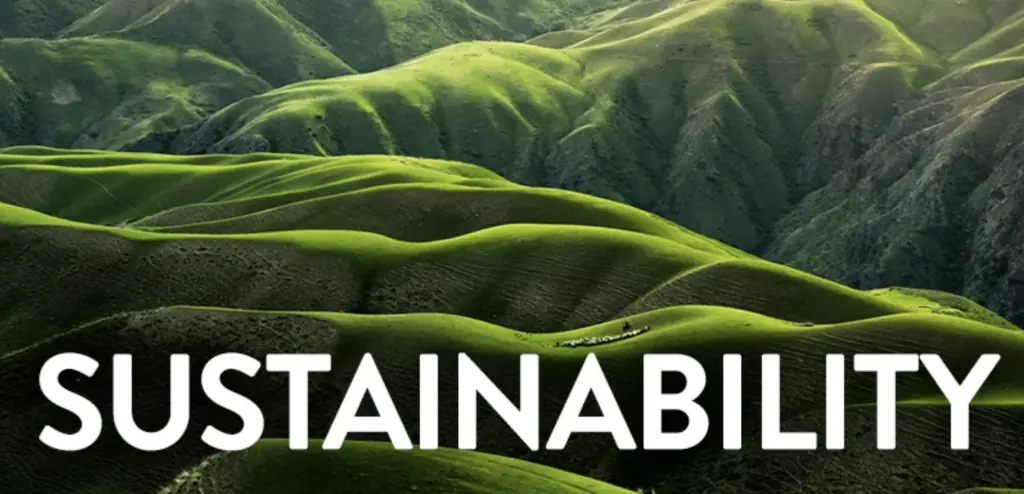Author
Sustainability Coordinator
Published
September 7th, 2022
Length
4 Minutes
It’s October and if you haven’t ordered your sustainable holiday packaging by now, don’t worry keep reading.
It’s likely too late to order now so you may as well learn how to be more sustainable for next year.
Today, we’re covering a few simple tips to make your packaging more sustainable. Holidays or not.

Sustainability matters, but it doesn’t end there.
Design speaks to your consumers, which is exactly why it’s important to understand how sustainability can impact your design. As well as, how it can impact your bottomline.
You want sustainable holiday packaging to:
- Be globally accessible
- Be easy to understand
- Elevate your design
- Not break the bank
- Stop comparing what other brands are doing
This way, your sustainable packaging delivers on its primary purpose of protecting the product, and its secondary purpose of connecting the consumer to your brand. Make sure to work with a certified team (here’s our certifications)
And you don’t have to be a pro to improve the sustainability of your packaging.
Globally Accessible
Your packaging must be able to be processed in every country your goods are sold and in the manner it was designed for. If your packaging material/substrate is sold with claims of recyclability, ask, where are these claims rooted? They may be recyclable there, but not everywhere.
This happens more than you think.
Easy to Understand
In sustainable packaging there can be many accessories and components to packaging. Does your packaging illustrate how to separate components for recycling? Would your parent understand the labeling if they saw it for the first time?
If it’s not separated properly it may not get recycled. So you’re not doing anyone any good.
Elevate Your Design
Substrate components can impact how your deign is viewed. High PCW (post-consumer waste) containing papers can absorb inks at different speeds across the same sheet. Papers can reflect & absorb light at different rates based on coating and finishes. Foils may not adhere properly and flake or fall off. All this to say that going sustainable can alter the way your packaging looks from your current packaging program.
Unless you partner with an expert that can walk you through the pros and cons of each substrate.
Not Break the Bank
Sustainable materials can increase costs if you are not careful. The more interesting and marketable the story of the substrate the higher the cost. Remember, consumers are interested in your product and your brand. This means that the story of the paper will not impact them as much as we may think in their purchasing decisions.
So, focus on how a material addresses steps 1,2,and 3 above before considering the underlying sustainability story.
Even though we listed 4, our headline states 5 Tips so we’re going to reward you for reading this far with the most important tip of them all.
Stop comparing what other brands are doing
Each brand is approaching sustainability from different angles and what they understand to be true. Many are using materials that are not suited for purpose, are not collected in all of their regions, or are still using reusable Non-woven totes.
Materials we’re interested in at the moment:
Dissolvable papers
Cotton-waste papers
100% PCW papers and boards


